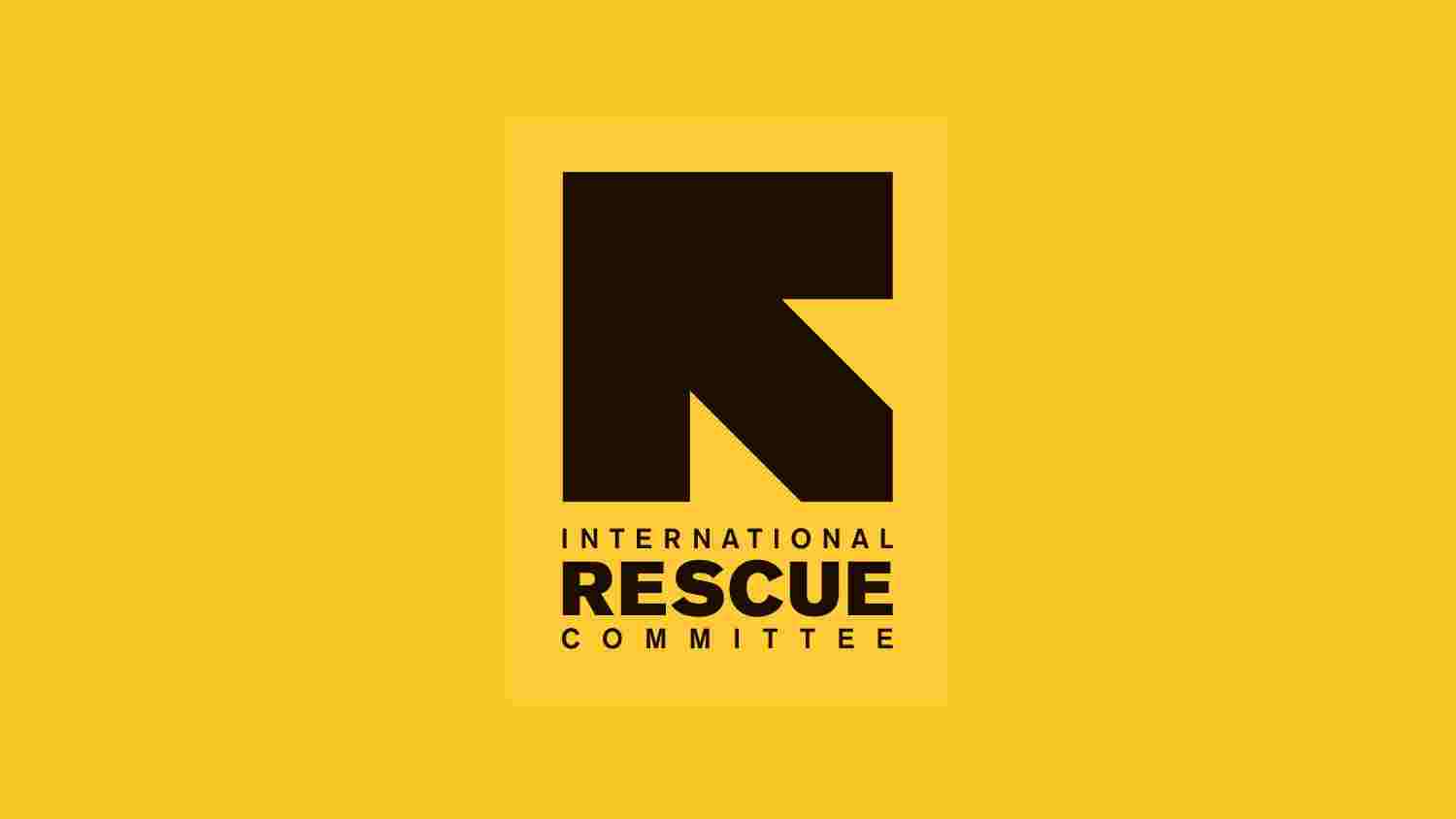• The Environmental and Social Safeguard Officer (ESSO) should monitor and enforce compliance with local, national, and international environmental regulations, permits, and standards applicable to the organization or project.
• In close coordination with the line manager, the ESSO should prepare a comprehensive visit plan for visiting the provincial / district offices periodically.
• When required the ESSO should conduct environmental impact assessments (EIAs), environmental audits, and risk assessments to identify potential environmental hazards, evaluate their significance, and propose mitigation measures.
• Develop and implement environmental management plans (EMPs) and safeguard measures to minimize and mitigate environmental impacts from organizational activities or project operations.
• Implement monitoring programs to assess compliance with environmental standards and track the effectiveness of mitigation measures. Prepare regular reports and documentation to communicate findings and recommendations.
• The ESSO should collaborate with internal and external stakeholders, including local communities, governmental agencies, and NGOs, to ensure effective communication, consultation, and integration of environmental considerations into decision-making processes.
• The ESSO should assess the feasibility of the project implementation in the field practically considering environmental and social safeguard regulations. • The EESO should timely explain the project's negative list to the supervisors and ensure these staff understand the difference between positive and negative projects.
• Make sure the E&S documents are attached to the tender document.
• Conduct pre-meeting with staff and communities about project risks and E&S impacts.
• The ESSO should provide training and awareness programs to project staff and contractors on environmental policies, procedures, and best practices. Promote a culture of environmental stewardship within the organization.
• The ESSO should identify opportunities for continuous improvement of environmental performance. Recommend and implement innovative solutions and technologies to enhance sustainability and reduce environmental impacts.
• The ESSO should develop emergency response plans and procedures to address potential environmental incidents, such as spills, leaks, or accidents. Coordinate response efforts and ensure appropriate actions are taken to mitigate environmental damage.
• The ESSO should stay updated with emerging environmental laws, regulations, and industry standards. Advise management on regulatory changes and assist in adapting organizational policies and practices accordingly.
• The ESSO must strictly follow the organization's existing security policies, procedures, and daily instructions of the safety personnel.




